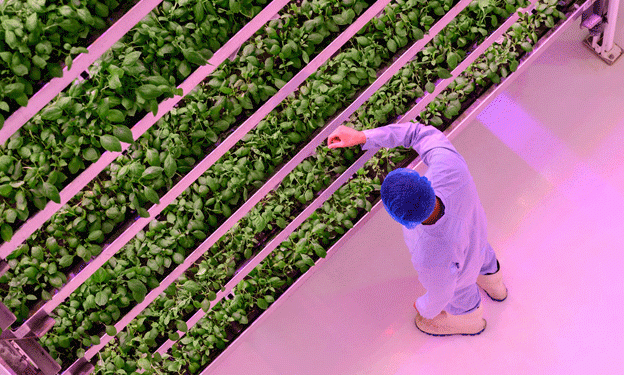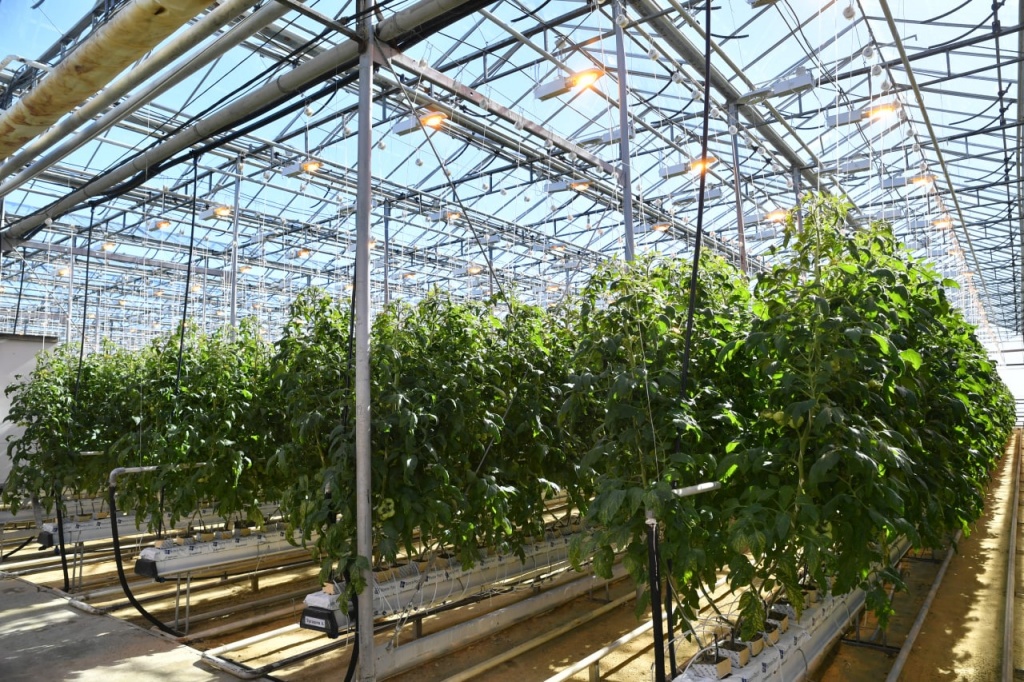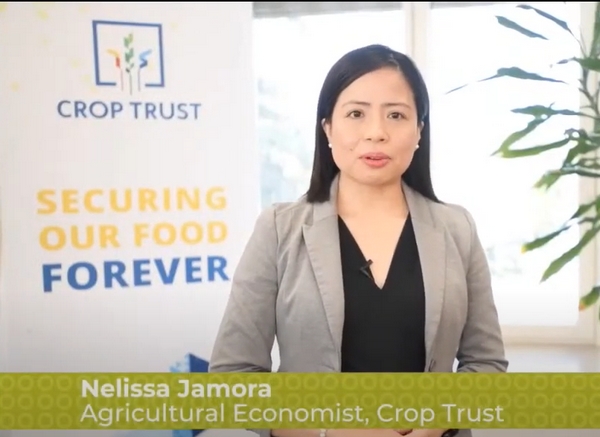Vertical farming, once hailed as the future of sustainable agriculture, is now facing a critical juncture as it transitions from an innovative concept to a viable business model. Companies in the sector, such as Eden Green Technology, are realizing that success hinges on long-term planning, efficient unit economics, and operational consistency. Eddy Badrina, CEO of Eden Green Technology, emphasizes that vertical farming’s success requires a forward-looking approach, ensuring that businesses are strategically aligned with market trends and have reliable sales channels.
Eden Green Technology, which expanded its portfolio last spring from leafy greens to fresh herbs, provides a glimpse into the industry’s evolving strategies. By partnering with distributors like Robinson Fresh, the company delivers fresh herbs that were previously imported, cutting down carbon emissions and transportation costs. This hybrid greenhouse and vertical farm model helps the company maintain consistent operations while reducing reliance on outside suppliers. With 70% of its production dedicated to herbs and the rest to leafy greens, Eden Green’s approach demonstrates the importance of market foresight in aligning production with consumer demand.
Challenges in Vertical Farming: Operational Complexity and Capital Allocation
The path to profitability for vertical farming companies is fraught with challenges. Unlike other industries that can pivot quickly, the produce sector has slow-moving sales cycles and long-term contracts, which makes strategic planning essential. Badrina notes that vertical farming companies often spread themselves too thin, growing a variety of crops without specializing in one or two key varieties. This lack of focus leads to inefficiency and ultimately undermines profitability.
Moreover, vertical farms face a significant challenge in balancing research and development (R&D) with operational execution. Many companies over-invest in R&D, developing cutting-edge farming methods without a clear path to commercialization. The lack of operational expertise in cultivation and the excessive reliance on tech development can lead to costly failures, as seen in the collapse of companies like AeroFarms and AppHarvest.
For example, vertical farm Oishii has found success by focusing on a single, high-demand product: premium strawberries. Their partnership with robotics company Yaskawa Electrics Corporation has allowed them to push the boundaries of farming methods, enabling year-round fruiting and ensuring consistent product availability. This focused approach to specialization is a key factor for success in the vertical farming industry.
The M&A Surge: Capital Flow and Market Shifts
The vertical farming sector has faced a prolonged capital freeze, with venture capital and private equity investments slowing significantly over the past two years. However, as the financial landscape improves in 2025, lower capital costs and easing inflation are expected to bring renewed capital flow. This shift will likely lead to a surge in mergers and acquisitions (M&A), consolidating companies in the sector and providing new opportunities for startups to secure funding.
Badrina highlights the example of Cox Farms, which has been actively acquiring companies like BrightFarms and Mucci Farms. Through these strategic acquisitions, Cox Farms has become the largest indoor farming operator in North America. As more capital becomes available, other companies are expected to follow suit, consolidating the market and paving the way for a more sustainable future in vertical farming.
The vertical farming sector is at a crossroads, with companies needing to refine their strategies to achieve profitability. By focusing on long-term planning, specializing in key crops, optimizing environmental controls, and improving operational execution, businesses can position themselves for success. Moreover, as the capital flow thaws, mergers and acquisitions will play a pivotal role in reshaping the industry and opening doors for new startups. The future of vertical farming may not lie in rapid expansion or diversification, but in smart, sustainable growth backed by solid operational foundations.












